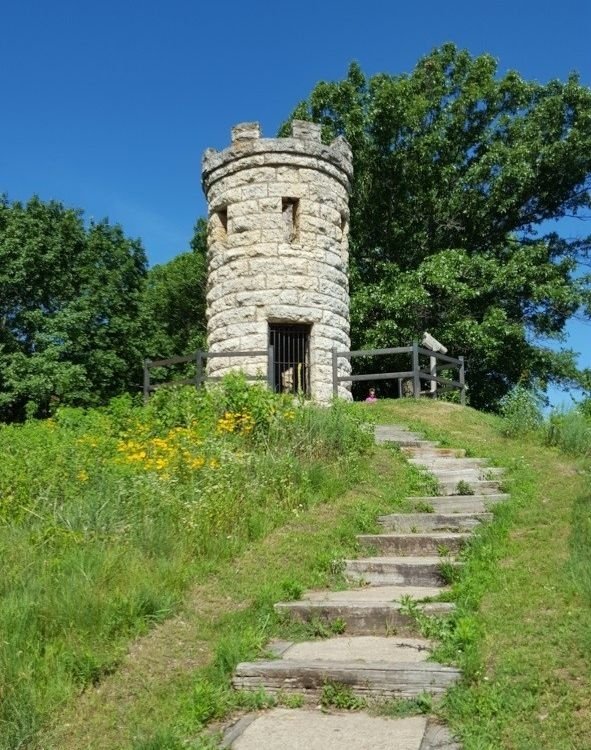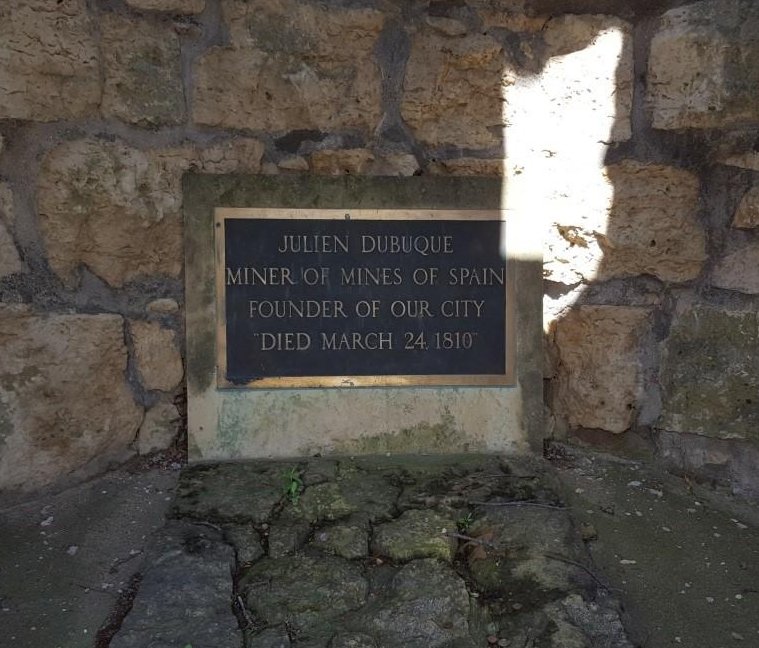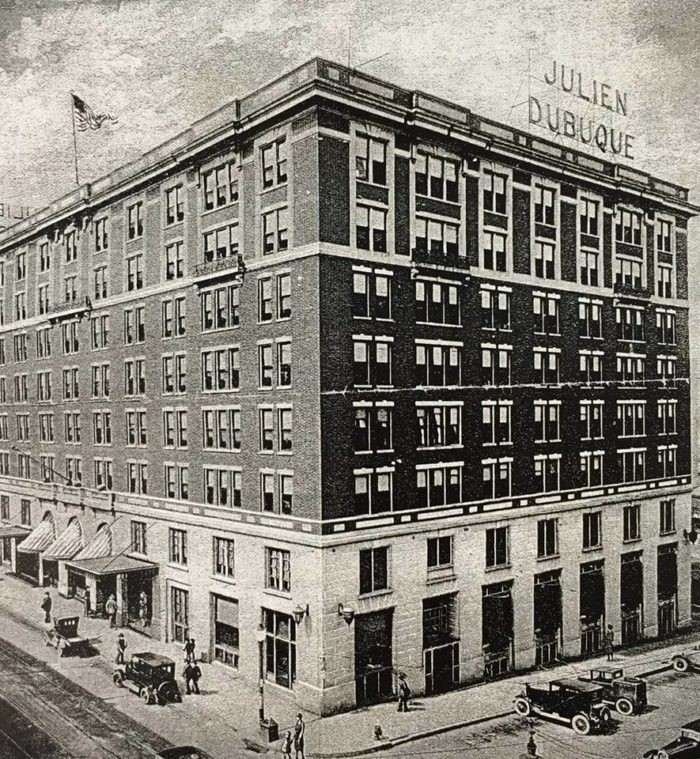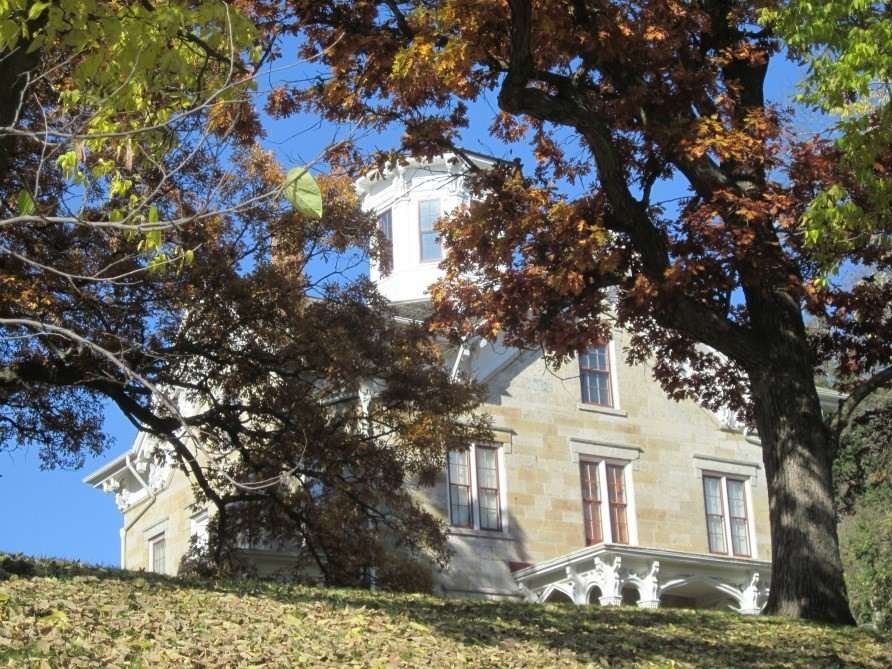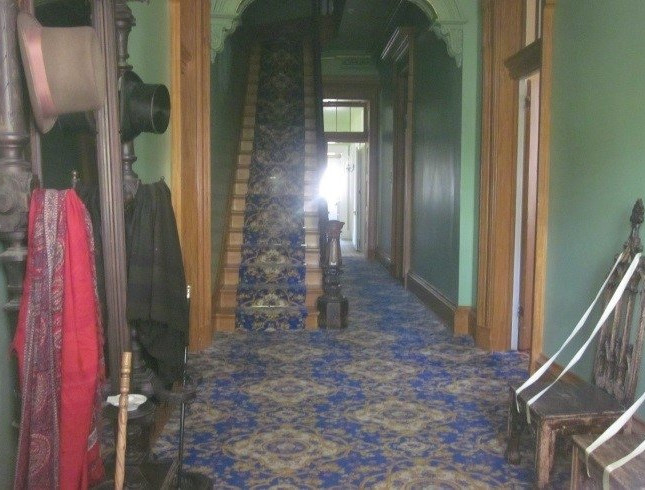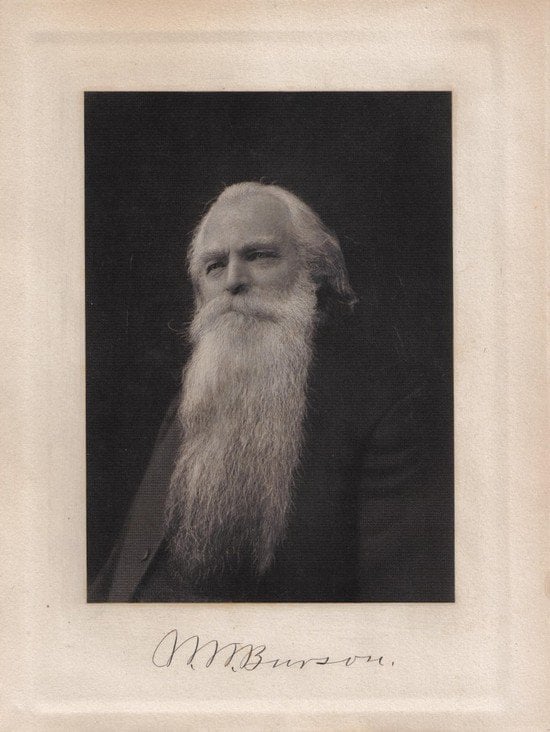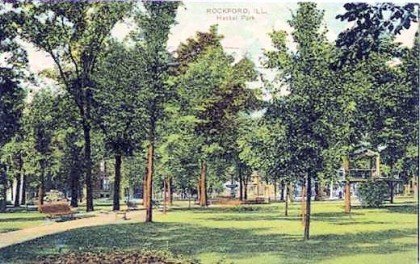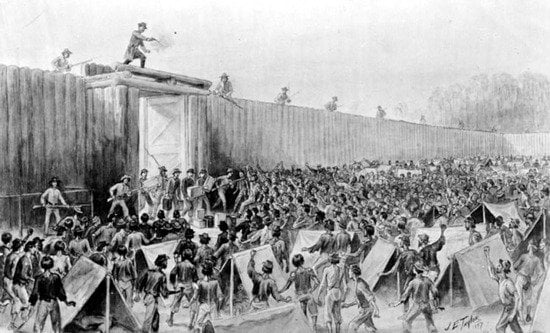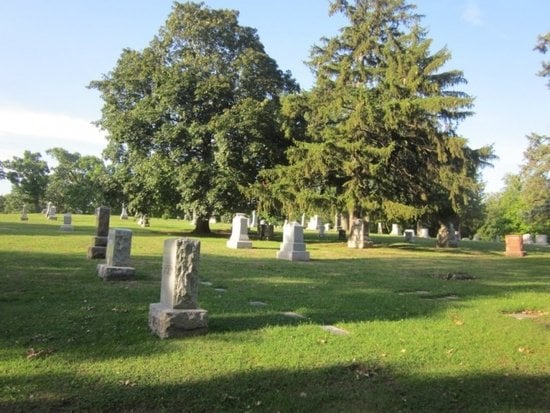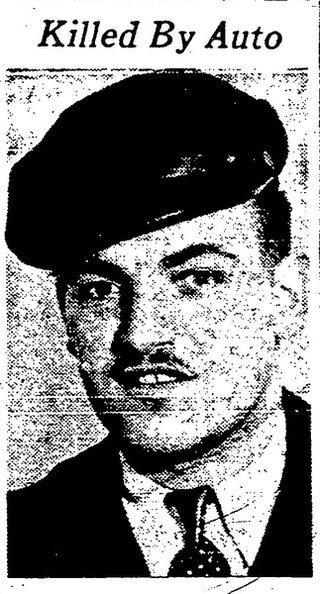Traveling the backroads in any state is one of my favorite past times and the last trip was no different. I had a long weekend so my partner and I threw a couple of things in a bag and ran out the door. It has long been a dream of mine to travel the entire Mississippi River. Last fall we ventured north through Wisconsin, so last month, we decided to head south on the Iowa side of the river.
We started the journey in Dubuque. We have been to Dubuque several times and visited many of the historic sites. It is a pretty city with a lot of interesting (and haunted!) history. It is a very old town with its origins set in the 1690’s when the French Trader, Nicholas Perrot started to trade with the Native Americans. Dubuque is named for Julian Dubuque, another French Trader, who was granted access to the lead mines by the Mesquakie Indians in the 1780’s. Julian got along well with the Indians and eventually became a great friend of the chief for the Mesquakies tribe, Peosta. A monument to both of these men sits on a cliff above the city. There are tales that Julian eventually married Peosta’s daughter, Potosa. Unfortunately, because of the time period, there is no real way to prove or disprove this claim. Many French traders took Native American women as wives but they usually did not record their union in any way.
I have visited many Native American sites all over the United States and I am always struck by the strong feelings I get while there. In the places where they performed their ceremonies and any they use for burials the land carries a certain presence. It is one of those things that I find hard to describe but instantly know when I feel it.
In the city of Dubuque itself, we visited a couple of historic (and yes, supposedly haunted) places. The first was the Hotel Julian. This very recognizable building was built in 1843 by a wealthy business man, Peter Waples, though the hotel website claims there has been some form of hotel on this same corner since 1839. Because of its height back in the day, this hotel was one of the first business people saw as they entered the city. It still is very easy to spot because of its red Hotel Julian sign.
The hotel was , and still is, known for its great food and luxurious atmosphere right from the start. It housed many famous travelers in its long rich history. Abraham Lincoln, Mark Twain and Buffalo Bill Cody all are reported to have slept here. But there are just as many unsavory characters that have walked through the old doors of the hotel. Al Capone is rumored to have stayed here quite frequently during times when Chicago got a little too hot for his comfort. There were underground garages that made it easier to conceal his arrival and departures.
Capone also liked the fact that he could see people coming over the bridge into the city from Illinois. He would eventually take over the entire eighth floor. Eventually, Capone moved his headquarters into the Lexington Hotel down the street. The Lexington was rumored to have many more secret passageways and a vault that Capone used. The Lexington Hotel has now been demolished.
Supposedly, Capone liked his visits here so much that he still makes his presence known from time to time. Staff and guests have reported seeing a man dressed in clothes from the 1920’s and 30’s walking through the halls on the upper floors. Their descriptions are very similar. They all saw a man dressed in a very nice suit and hat. When they pass him they notice he has a prominent scar running down the side of his face. One man commented to his wife as they passed him that the man was really dedicated to looking like AL Capone. When she turned to catch a glimpse of the man, there was no one there.
Other brushes with Al are a little creepier. One young lady that was staying in the hotel had just stepped from the shower. The bathroom was filled with steam so she opened the door to let a little out; as she looked into the bedroom she was frightened by the sight of a man in her room. Her scream must have frightened the spirit because he disappeared right in front of her.
Whether Al Capone still walks the halls of the very luxurious Hotel Julian, it is definitely worth a visit if you ever get the chance.
The Mathias Ham Historical Site is another place to visit whether you are interested in history OR hauntings. The property is amazing. There are other buildings on the property that have been brought to this location. One of them is the oldest building in Iowa, a little log cabin.
Mathias Ham earned his money through the lead mines during the early days of Dubuque’s settling.
Eventually, he would expand into lumber, and shipping. He built what would become his home on a hilltop in 1856 and filled it with luxurious items from that time period. The first part he built was a smaller two story house that barely fit his wife, Zerelda and their five children. In 1856, Mathias’ wife died and he enlarged their home into the beautiful building that is left today.
Mathias built a cupola on top to highlight the breathtaking view of the Mississippi River. That view allowed Mathias to keep an eye on his shipping business. Mathias married again and had two more children with his second wife.
It was during the late 1880’s and the Mississippi River was a busy place. The Port in Dubuque had a huge shipping business. Unfortunately, the city also had some problems with river pirates that would commandeer the ships and steal the cargo. One day Mathias spotted something suspicious taking place on the river and was able to warn the authorities. The pirates were captured in a very public way with the authorities making it known that Mathias was the hero of the hour. The pirates knew exactly who had turned them in and they swore they would take their revenge.
One of Mathias’ daughters, Sarah inherited the home after Mathias and his wife passed away. She had never married and lived in the huge house all alone. Sarah started to hear someone trying to get into her house late and night. This obviously frightened her and she set up a signal with her neighbors. Sarah told them she would as a signal if she needed help.
That was not the only precaution Sarah made. She armed herself as well. One night, she heard someone moving around on the first floor of the home. Sarah placed her lamp in the window and held her weapon in her hands as she waited for help. She grew terrified when she heard heavy footsteps cross the hallway and begin to climb the stairs. The footsteps then came toward her bedroom where Sarah waited, trembling behind the door. She fired twice through the heavy door and the footsteps retreated. Sarah’s neighbors came quickly to her aid. They were horrified to see a blood trail leading up the stairs. Frightened, they called Sarah’s name and rushed up the stairs. After checking to see that she was alright, they followed the blood trail to the river where they found the body of a man. This man was later identified as the same pirate captain that her father had locked up years ago. The captain had just been released from prison and had returned to the Ham house to follow through with his promise to get revenge. The house was turned into museum in 1964.
Though I have researched this story, I have not found any articles about the pirate or a shooting. But the claims of the ghosts continue. There have been balls of light seen going up and down the staircase. Once, the police were called because someone saw a light going up and down the staircase. They thought someone had broken into the museum. The police phoned the head curator who rushed over to the house. When the police entered, they found no one in the home.
This has happened numerous times. Some people claim that it is the old pirate still clinging to his hatred of Mathias Ham and still bent on exacting his revenge.
The third floor is especially uncomfortable. People have said that they feel as though someone is watching them while they are on that floor. As soon as they descend the stairs, the feeling fades.
Electrical issues were a constant problem and there were many nights when the staff would turn out the lights and leave the house. When they would glance back, all of the lights would be on. The staff grew so weary of the lights going back on, they began to unscrew some of the lights. One night an assistant curator was doing that job and suddenly, the pump organ in the parlor began to play. When she screwed the bulb back in, the organ stopped. The amazing thing about this claim is that the pump organ had been broken for years.
People have also heard odd sounds especially close to the staircase to the cupola. Many attribute these sounds to the story that a young man hung himself from those very stairs. Other claims include footsteps, shuffling noises, and a dragging sound in the hallway. The people who believe the shooting story state that it is the sounds of the mortally wounded pirate dragging himself through the house in his attempt to reach safety.
Others claim that old Mathias himself is still there watching over the house and the river that he loved.
Copyright © 2017 Kathi Kresol, Haunted Rockford Events


